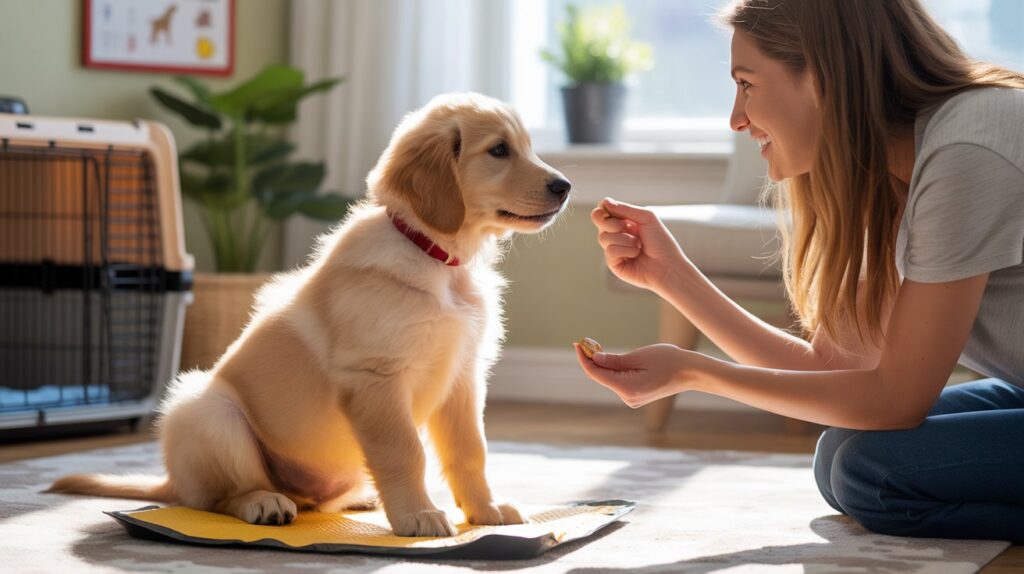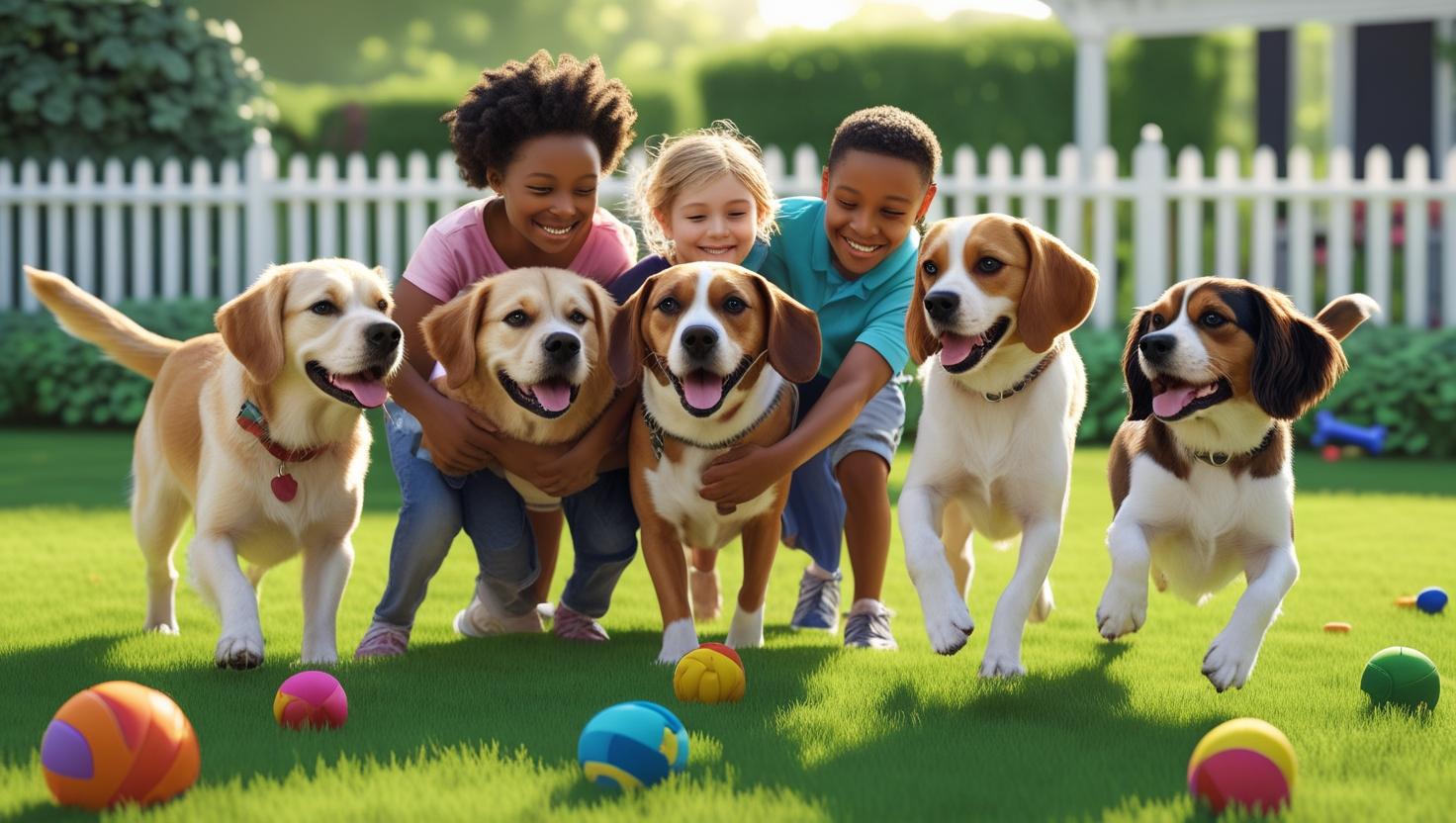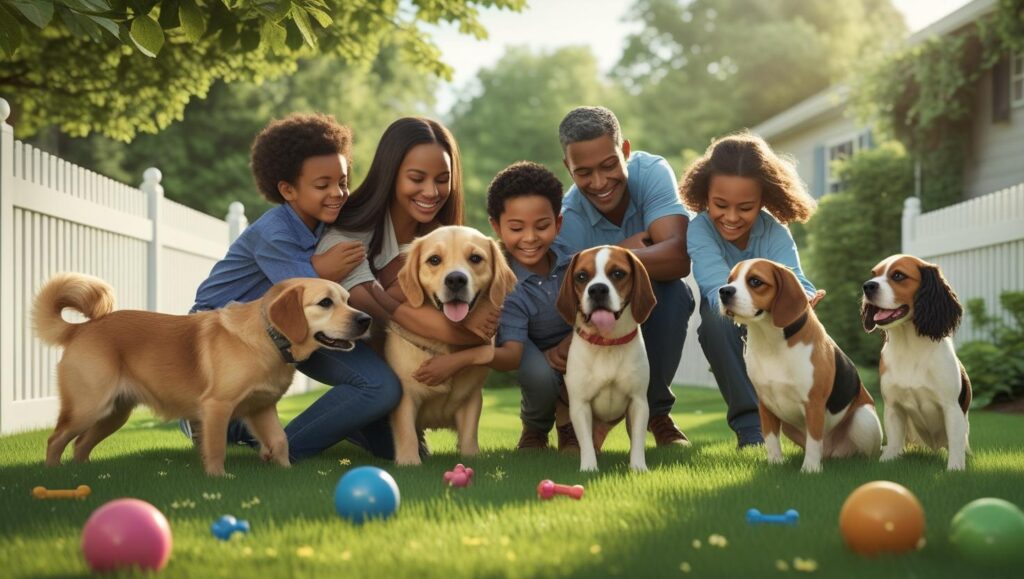A happy dog is a healthy dog—emotionally and physically. If you’re a pet parent, you probably find yourself wondering, “Is my dog truly happy?”
Understanding your dog’s emotions can sometimes feel like a guessing game, but there are clear, science-backed indicators of joy in dogs.
This article covers the top 5 signs your dog is happy and offers research-based tips to maintain that tail-wagging joy.
1. A Relaxed Body and Face

How a Calm Posture Reflects Contentment
When your dog is happy, their body language will speak volumes. Look for relaxed ears, soft eyes, a gently wagging tail, and a loose body.
According to a study published in Applied Animal Behaviour Science, relaxed postures are strong indicators of emotional well-being in dogs.
Keep the Calm Going:
- Create a safe, predictable home environment.
- Avoid yelling or sudden loud noises.
- Respect their personal space, especially when they are resting.
2. Playfulness and Energy
Joy Expressed Through Movement
A playful pup is often a happy one. If your dog frequently initiates play or gets the “zoomies,” it’s a sign of positive energy.
According to the American Kennel Club (AKC), dogs who regularly engage in play are typically more emotionally balanced.
How to Encourage This Behavior:
- Set aside daily playtime with toys or fetch.
- Socialize your dog with other friendly pups.
- Rotate toys to keep things fresh and exciting.
3. Healthy Appetite and Sleep Patterns
What Eating and Sleeping Say About Mood
Dogs that eat and sleep well usually feel secure and content. Dr. Stanley Coren, a canine behavior expert, notes that disruptions in eating or sleeping may indicate emotional distress or even illness.
Ways to Maintain This Sign of Happiness:
- Keep feeding times consistent.
- Offer a comfortable sleeping area away from high-traffic zones.
- Avoid overfeeding; stick to breed-appropriate diets.
4. Eye Contact and Affection
Emotional Bonds in a Gaze
When your dog makes soft eye contact and seeks out affection like cuddles or leaning against you, it’s a sign they trust you and feel happy in your presence. Research from Science magazine shows that oxytocin (the “love hormone”) levels increase in both dogs and humans during affectionate eye contact.
How to Build More of This Bond:
- Speak to your dog in a calm, loving tone.
- Pet and cuddle them regularly if they enjoy it.
- Never force affection; allow them to approach first.
5. Vocalizations and Tail Wagging
Reading the Right Sounds and Tail Movements
Not all barks are the same. Happy dogs often let out high-pitched barks, excited whines, or even contented sighs. Their tail wags in a broad, sweeping motion, often paired with a wiggly body.
Encourage Positive Vocal and Body Language:
- Respond positively when they greet you.
- Use cheerful tones when giving commands or praise.
- Avoid punishment-based training that could cause fear.
How to Keep Your Dog Happy Long-Term
Routine is Key
Dogs are creatures of habit. Establish routines for feeding, walks, and bedtime to create a secure environment.
Mental Stimulation
Offer puzzle toys, training sessions, or scent games. According to PetMD, mental stimulation can be just as important as physical exercise.
Regular Health Check-ups
A healthy dog is more likely to be happy. Schedule annual vet visits and keep vaccinations up to date.
Quality Time
Your presence matters. Spend quality time with your dog every day, even if it’s just relaxing together on the couch.
FAQ: Signs Your Dog Is Happy
What are the top signs that a dog is truly happy?
Relaxed body posture, playful energy, good appetite, affectionate behavior, and positive vocalizations.
Can a dog be happy if left alone during the day?
Yes, if they are well-trained and have enriching toys. However, dogs are social animals and generally do better with company or interaction.
Does tail wagging always mean happiness?
Not always. A wagging tail can also indicate nervousness or agitation. Look at the entire body language.
How can I tell if my dog is unhappy?
Withdrawal, changes in appetite, excessive licking, destructive behavior, and avoiding eye contact can be signs.
Final Thoughts
Knowing how to read your dog’s emotions and ensuring their happiness is one of the most rewarding parts of pet ownership. With love, attention, and a few adjustments to your routine, you can help your dog thrive emotionally and physically.



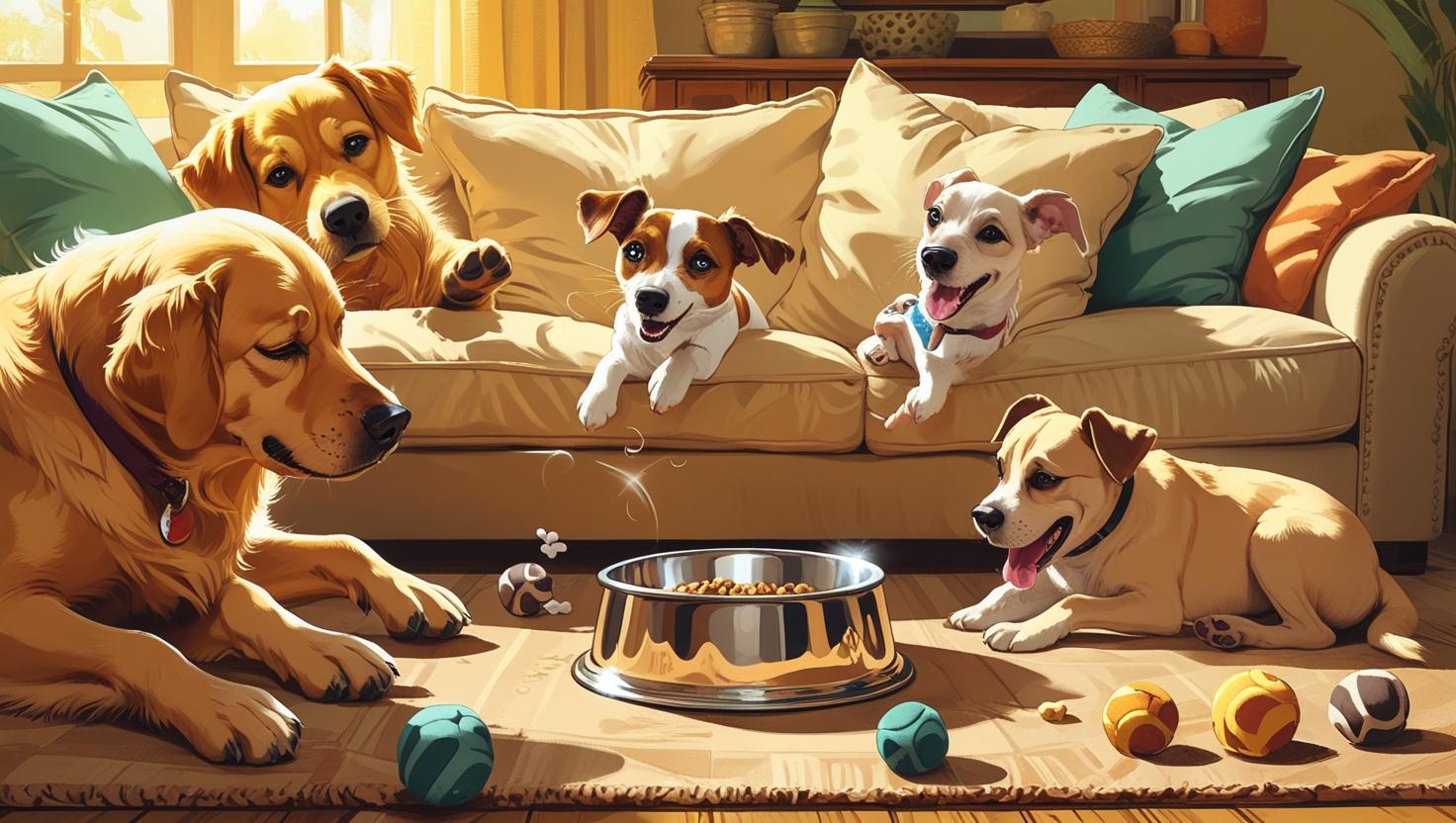



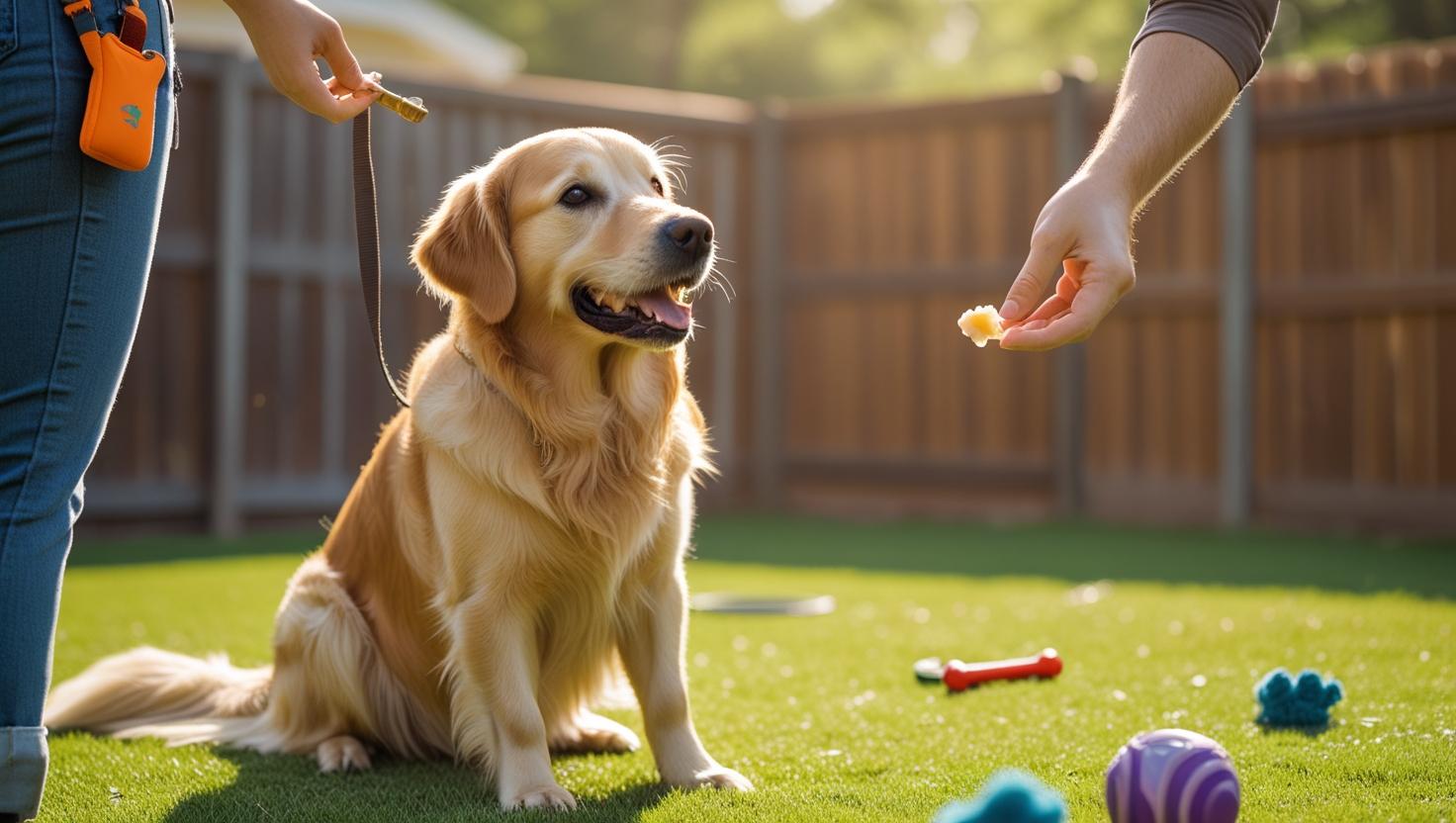
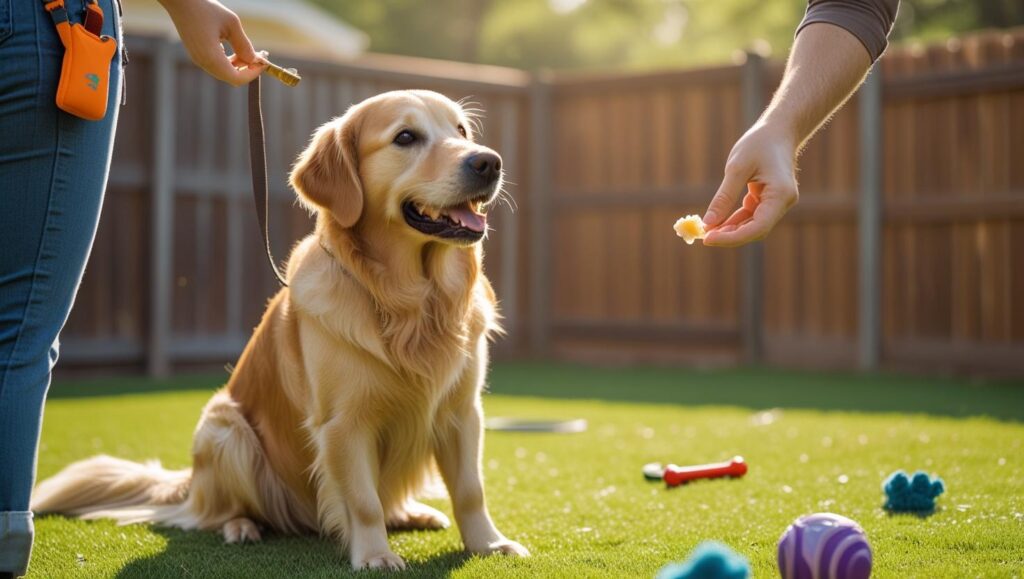
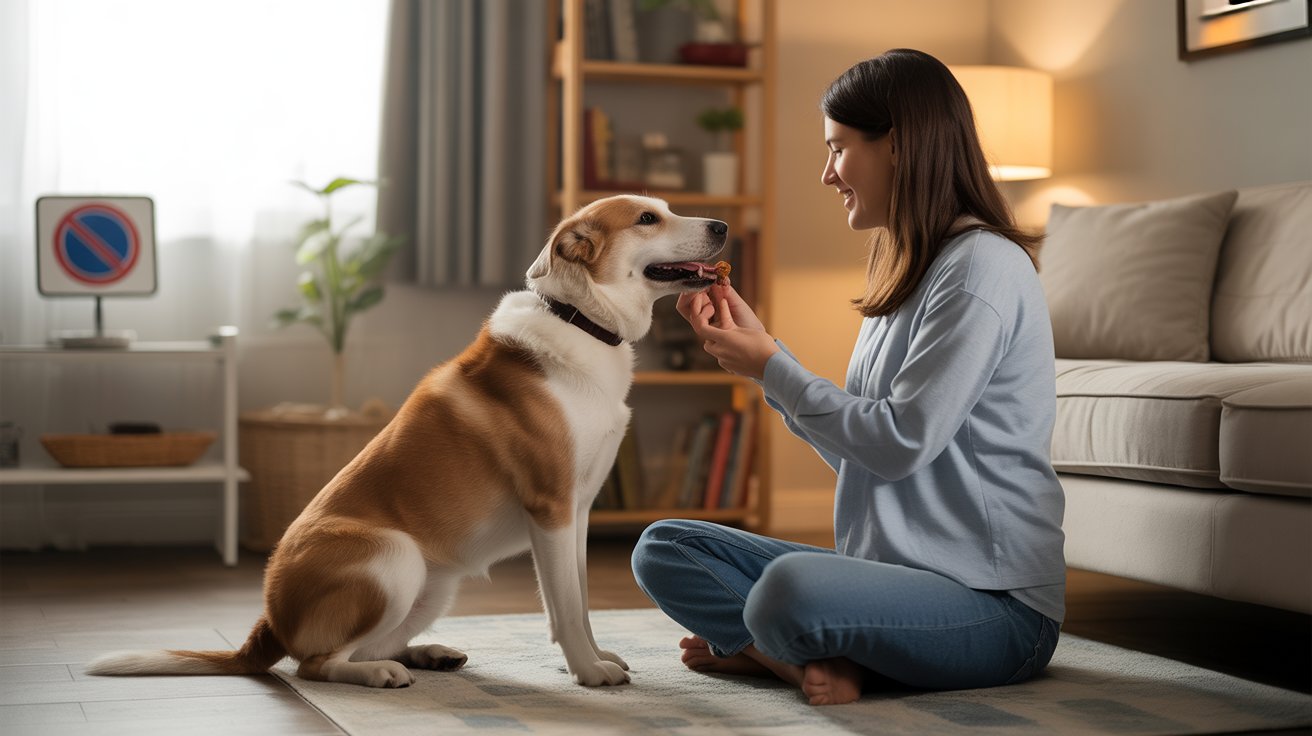
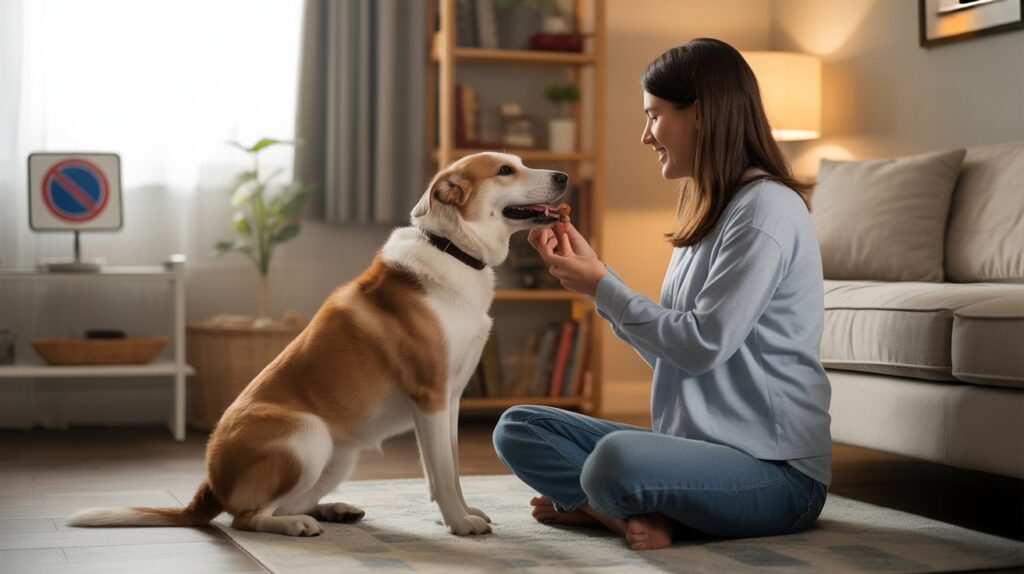
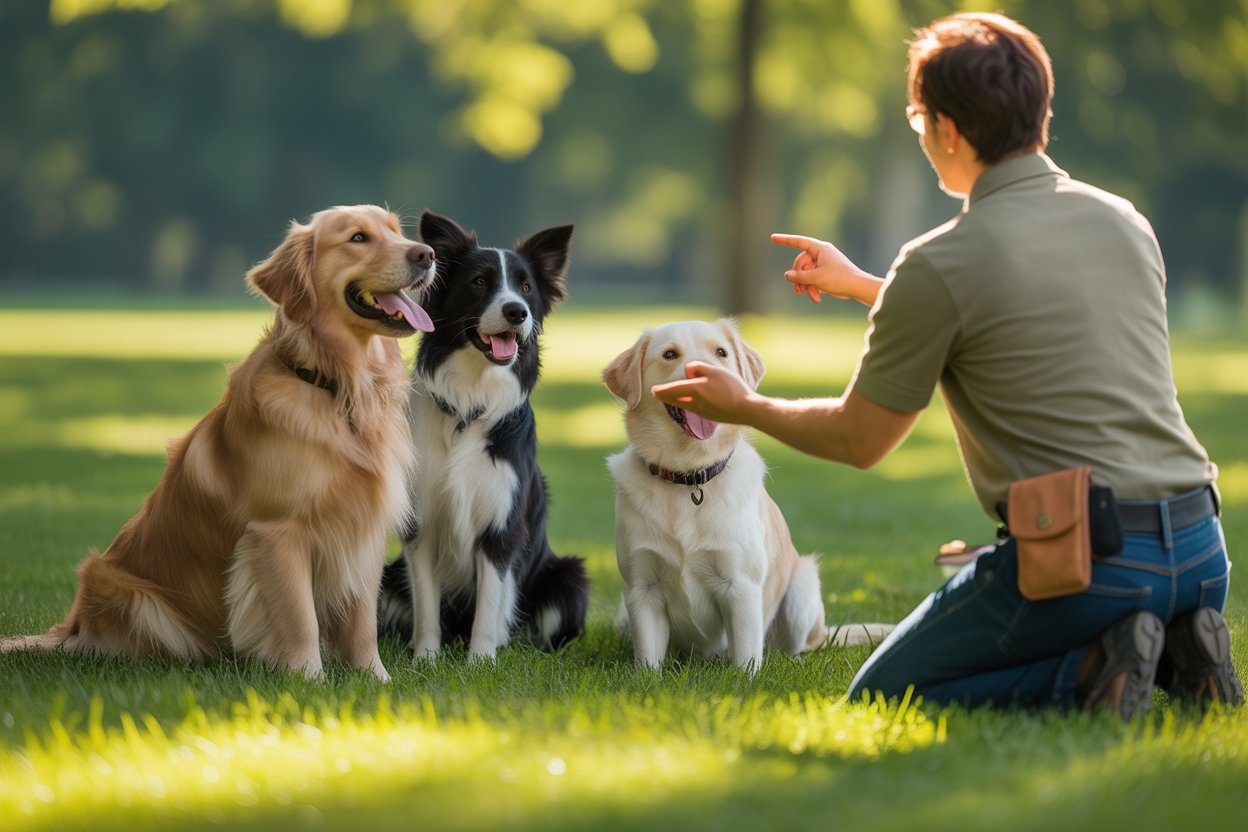
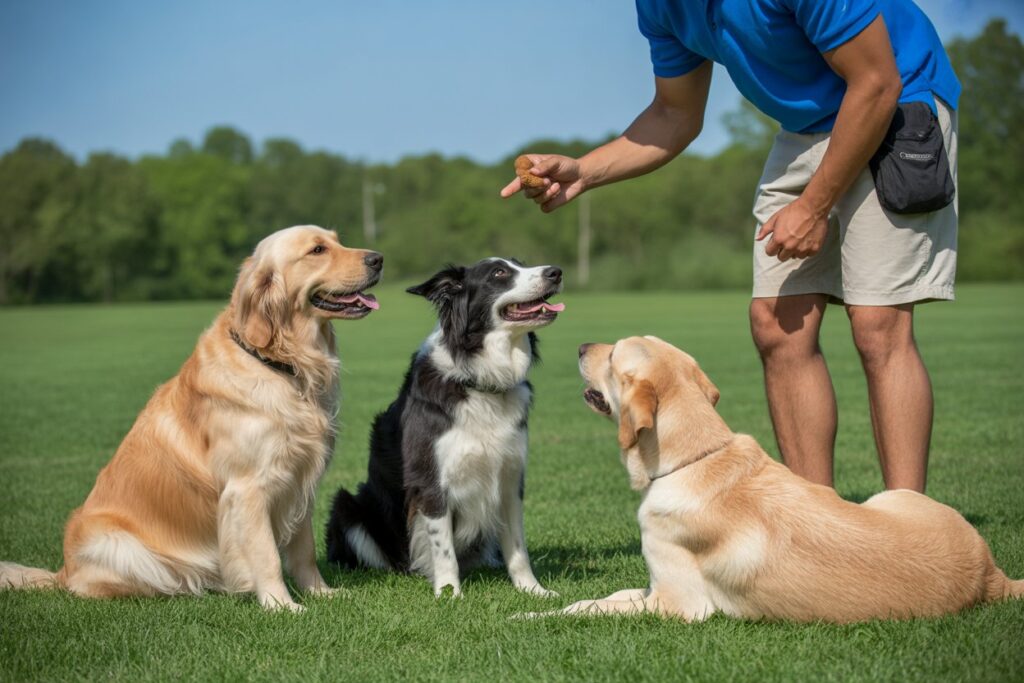
![How to Potty Train a Puppy Fast [Beginner Guide]](https://pattes.xyz/wp-content/uploads/2025/07/a-heartwarming-realistic-photograph-of-a_Occ3wKoeRTuFkCCmSBfQFQ_eSoMvOAOQcivw5Wj94oINQ.jpeg)
